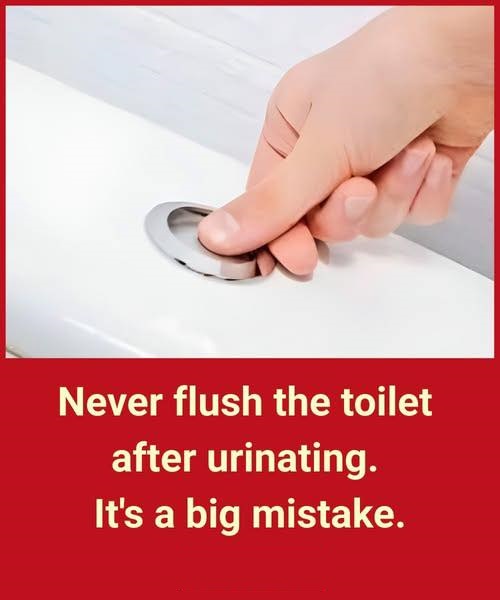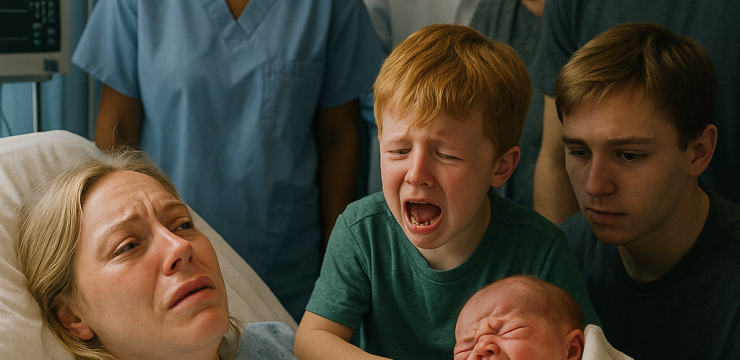For most of us, flushing the toilet is second nature. We do it without thinking, as part of our daily routine. But have you ever stopped to consider what each flush actually costs—not in dollars, but in clean, drinkable water? On average, a single toilet flush uses between 3 to 9 liters (roughly 0.8 to 2.4 gallons) of water. Multiply that by every member of your household over the course of a day, and you’re looking at as much as 100 liters (26 gallons) of water literally going down the drain—just to get rid of urine. Over the span of a year, that adds up to more than 36,000 liters, or nearly 9,500 gallons, per household. Meanwhile, millions of people around the world still struggle to access clean water for basic needs like drinking and cooking.

That’s why more and more people are adopting a simple, eco-conscious habit that challenges the way we think about flushing. You might have heard the phrase: “If it’s yellow, let it mellow; if it’s brown, flush it down.” It’s a catchy way of saying that not every trip to the toilet needs to be followed by a flush—particularly when it’s just urine. Believe it or not, urine is sterile and generally poses no health risks when managed in a clean, well-maintained bathroom. By skipping the flush after peeing, you can dramatically reduce your household’s water waste without compromising cleanliness or comfort.
Of course, cutting back on flushing doesn’t mean letting your bathroom turn into a science experiment. There are easy ways to keep everything fresh and odor-free. For starters, cleaning your toilet bowl every few days with a quick scrub and a safe disinfectant can prevent any buildup or lingering smells. You can also add a few drops of essential oils—like lavender, eucalyptus, or lemon—into the toilet bowl or on a cotton ball placed near the rim. These natural scents are not only pleasant but also help mask odors between flushes.
If you’re ready to take things a step further, consider upgrading your bathroom with a dual-flush or low-flow toilet. These models allow you to choose a lighter flush for liquid waste and a stronger one for solids. It’s an efficient compromise for those who want to save water but still appreciate the option of flushing when needed. Low-flow toilets have come a long way in terms of performance and design, offering reliable results while drastically cutting water usage.
However, adopting this practice may not be as simple in shared spaces. If you live with roommates, have frequent guests, or share a bathroom with your family, communication is key. Some people might be caught off guard by a toilet that hasn’t been flushed, even if it’s perfectly harmless. A little courtesy can go a long way. Consider having a light-hearted sign near the toilet or bring it up in conversation to explain why you’re choosing to flush less often. It’s not about being lazy or gross—it’s about being thoughtful and sustainable.
Water conservation isn’t about grand gestures—it’s about everyday choices that add up. We turn off the tap while brushing our teeth, we fix leaks when we find them, and now, we can think twice before hitting the flush. Choosing when to flush based on what’s in the bowl might seem like a small action, but it’s part of a larger mindset shift toward preserving our planet’s resources.
So next time you use the restroom, ask yourself: does this really need a flush? If it’s just urine, maybe not. With a few simple habits and a bit of mindfulness, you can help save thousands of gallons of water each year. That’s a change worth making—for your wallet, your home, and the world.





